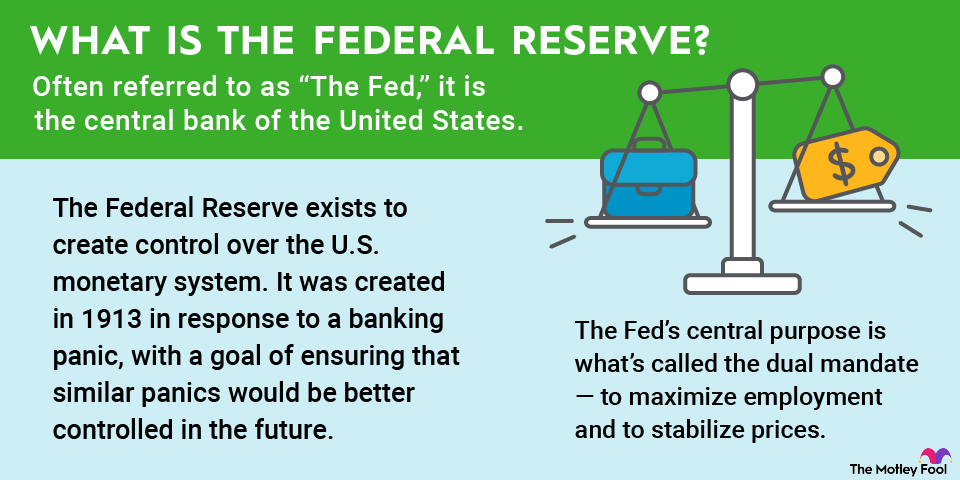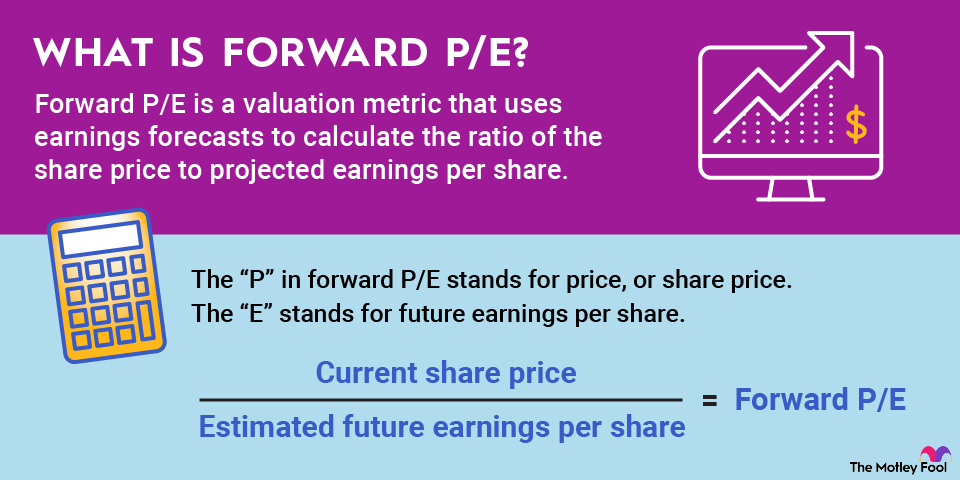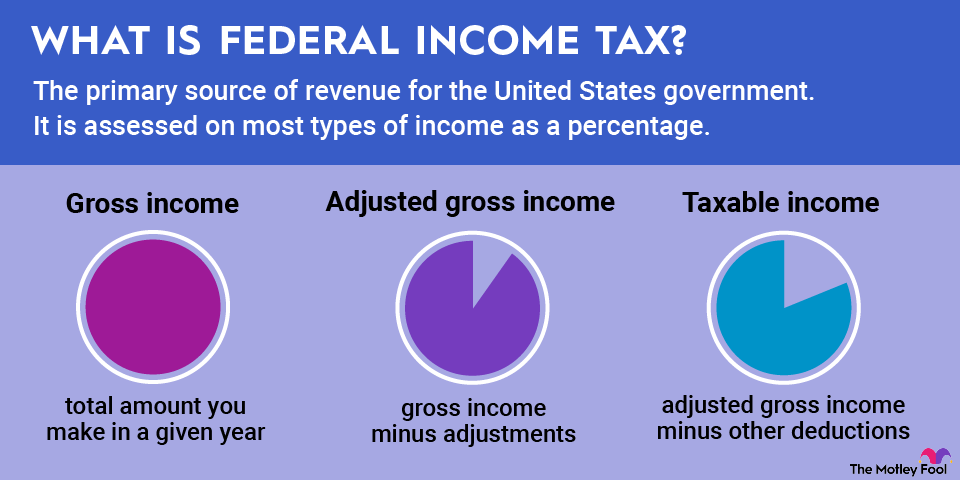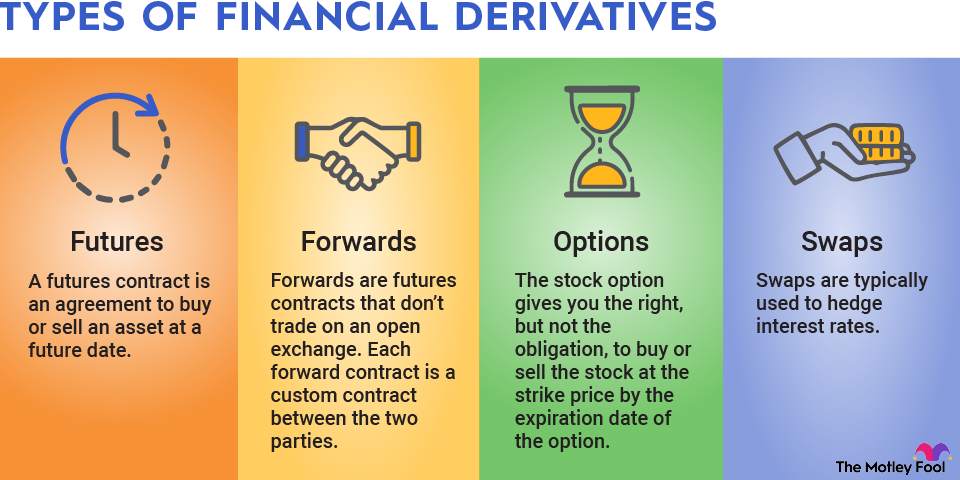Futures contracts don't have the same type of inherent leverage as the stock option example above but are often traded in highly leveraged transactions on commodity and futures exchanges. The margin requirement on a stock is 50%. That means that if you buy $50,000 of stock using margin, you have to use $25,000 of your own cash. The requirement for futures contracts can be as low as 3%. That means you only need $1,500 for the same $50,000 trade. But remember, this means that if the price of the underlying asset falls by just 3%, you'll be wiped out.
Options
Stock options come as either calls or puts. A call is a bet that the price of the stock will go up, and a put is a bet that the price will go down. The stock option gives you the right, but not the obligation, to buy or sell the stock at the strike price by the expiration of the option.
As we've talked about above, you can use stock options to hedge your bigger positions or use them as a leveraged way to trade a stock. We don't recommend getting into option trading, but we would recommend being smart about using stock options for income with covered calls or naked puts.
Stock options differ from futures because they give the contract holder the right to buy or sell the stock, but there is no obligation.
Forwards
Forwards are futures contracts that don't trade on an open exchange. Each forward contract is a custom contract between the two parties.
Because of their nature as over-the-counter (OTC) contracts, forwards carry counterparty risks that futures contracts wouldn't. You have to underwrite the ability of the counterparty on the contract to fulfill its obligations.
Swaps
Swaps are another OTC derivative typically used to hedge interest rates. With this instrument, you swap the cash flow with a counterparty. For example, if you borrow $50,000 at a variable rate, you could hedge the interest rates using a swap with a third party.
The third party would make the payments on the debt, and you would pay them instead. The interest rate you pay the third party would be higher than the initial rate on the debt. If interest rates go up, you would come out ahead — but if they don't, the third party makes a profit.
Pros and cons of derivatives
Let's sum up what we've talked about with a list of pros and cons for derivatives:
Pros
- Hedging/risk mitigation: Use derivatives to hedge the price of an asset or stock investment that you have too much exposure to.
- Locked-in price: Set your price now so that you can plan accordingly.
- Leverage: Control far more assets than the actual amount of cash you have on hand.
- Income: Sell derivatives to the traders looking for leverage to produce a steady income.
Cons
- Volume problems: Not all underlying assets have popular derivatives. I can't count the number of times I've tried to sell covered calls only to find that only three or four contracts trade each day. When this happens, the derivative can be very hard to price, and you'll likely have a huge bid/ask spread.
- Time restriction: Derivatives inherently expire on a certain date. If you buy a call option and the price of the underlying stock hits the moon one day after the option expires, you're out of luck.
- Counterparty risk: Any OTC derivative comes with the risk that your counterparty is scamming you or just can't complete their half of the contract.
- Leverage: This aspect is both a pro and a con. If the underlying asset has a huge move up, you're golden (possibly literally). If it has a huge move down, you're done.





















